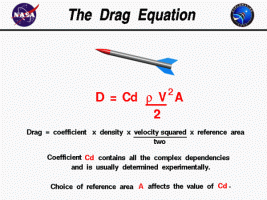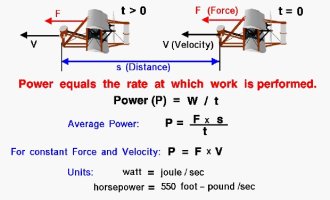If you coast, i.e. roll with the clutch disengaged, then the engine requires fuel to prevent it from stalling.I often coast into junctions, roll down hills and the like to increase mpg. Like others have mentioned on this thread I am infamous among friends and family for being the person who drives slow and does whatever I can to use as little fuel as possible.
However, if instead you keep the clutch engaged and lift off the accelerator then the fuel will be cut off completely. This will give you the lowest fuel consumption.







 . And, no surprise, the same thing but better camouflaged is going on - the compensation is simply stretced over longer period - thus not so obvious at first on MFD - but comparing MFD readings with ECU reported values it sticks out like a sore thumb
. And, no surprise, the same thing but better camouflaged is going on - the compensation is simply stretced over longer period - thus not so obvious at first on MFD - but comparing MFD readings with ECU reported values it sticks out like a sore thumb